I would like to create a graph with the normal function from x=-2 to x=2 filled under the curve from -2 to 0. I've tried with ggplot2
qplot(c(-2, 2), stat="function", fun=dnorm, geom="line") +
+ geom_area(aes(xlim=c(-2,0)),stat="function", fun=dnorm)
But I get this graph completely filled instead (the black colour)

How can I get a plot filled only from -2 to 0?
Other options or packages are welcome.
I've also tried with only one command with ggplot and filled option but I can't get it either.
I know some people does it using polygons but the result is not so soft and nice.
PD: I repeat, the solution I'm looking for involves not generating x,y coordinates beforehand but using directly the function with stat="function", fun=dnorm or similar. Thus, my question is not a duplicate.
I've also tried
ggplot(NULL,aes(x=c(-2,2))) + geom_area(aes(x=c(-2,0)),stat="function", fun=dnorm, fill="red") +
geom_area(aes(x=c(0,2)),stat="function", fun=dnorm, fill="blue")
But again it fills all the curve with a single color, blue. The red half seems to be overwritten. The same with geom_ribbon and other options.



